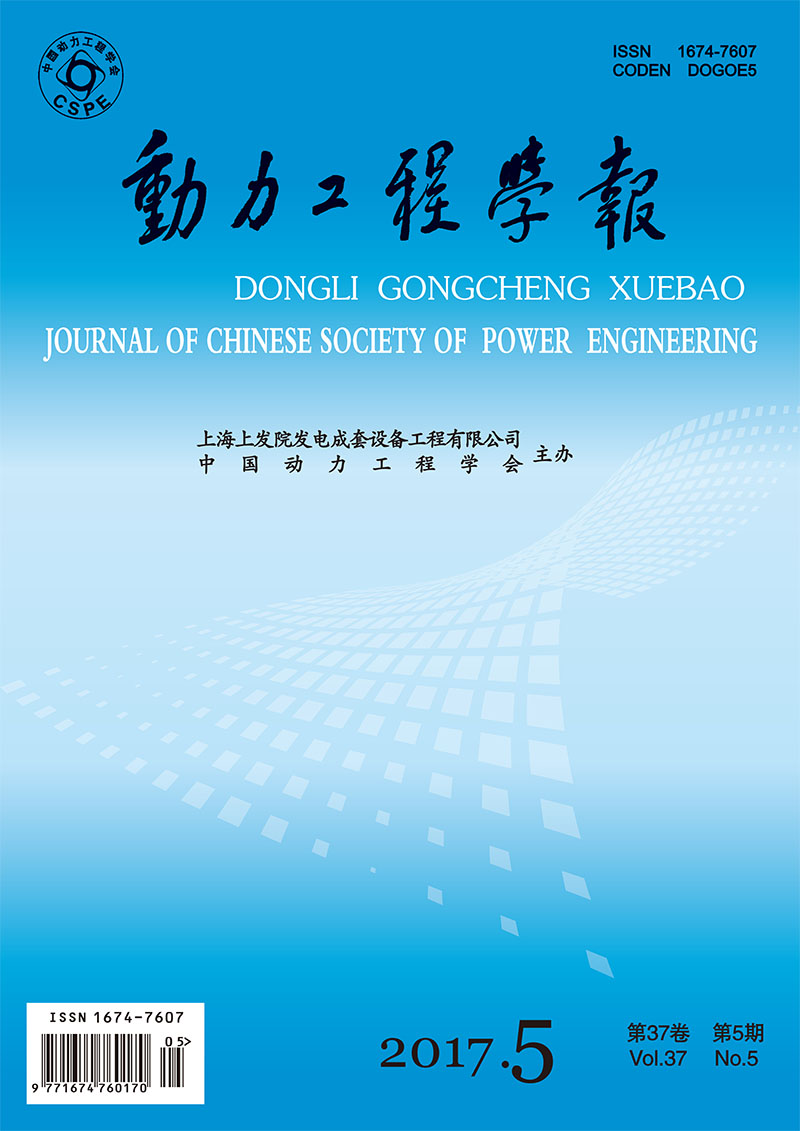GU Rongwei, GAO Jilu, DONG Jianxun, PANG Kaiyu, CHEN Xiaoli, KANG Zhuang, MENG Chenwei, WU Yuxin
2017, 37(5): 356-360.
Based on temperature difference method, an ultra-fine high-temperature heat flux meter was designed to measure the heat flux on wall surface of a supercritical boiler, which is able to accurately acquire the heat flux without retrofitting the water wall. To further investigate the heat-transfer characteristics of the meter and optimize its design, modeling analysis and experimental study were conducted to analyze the effects of the thermal conducting component's thickness and hot end temperature on the sensitivity and response time of the heat flux meter via a one-dimensional transient heat-transfer model. Results show that, with the rise of the thickness of relevant thermal conducting components, both the sensitivity and response time increase, thus optimal design parameters can be obtained for the heat flux meter under the premise of optimum sensitivity and response time. Through the calibration of a black-body furnace and field tests, the calculation results are proved to agree well with actual measurements; however, the real response time is longer than calculated one, due to the external environment being not the ideal steady-state boundary condition in calibration.
